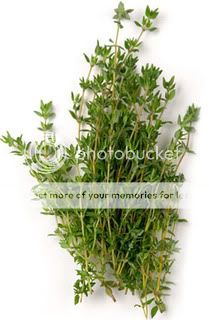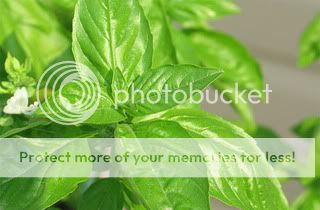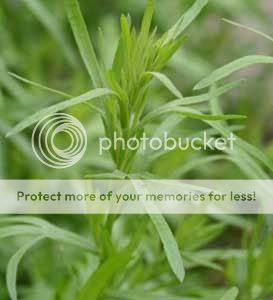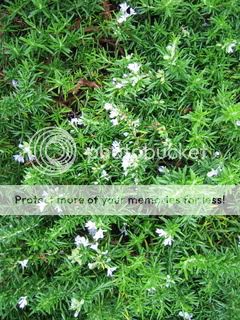Tuesday, August 25, 2009
Super Easy Hydroponics System!What you need
1· A herb plant
2. An empty spice container, small. The lid must have a flip up top and holes, but the flip-up top can be broken off.
3· Lid from another spice container, same size, but no holes
4· Gravel or pebbles
5· Old T-shirt, sock, or some sort of cotton fabric
6· Distilled or bottled water
7· Fertilizer that will dissolve in water
8· Tape
9· (Optional) black paint
Preparing the jar
Remove the cap on you spice jar, and using hot water, remove the label and glue. Then wash out the lid and jar. Take your cap, and cut off the bit without holes. Set aside.Then take the other cap, and cut a hole in the center big enough so that the holes in the other cap all show. Finally, tape the caps together.
Prepare the medium
Take your gravel/pebbles, and thoroughly wash them in HOT water. Make sure all dirt, moss, and small plants have been removed.
Prepare wicks
Take your T-shirt, and cut 5 thin strips an inch longer than your jar. Wash them thoroughly with water, dry until damp, and feed one through each hole of the jar lid. If done right, it shouldn't need any glue. Then, loosely braid the long ends (The ends that will be in water) together in a way that they don't come apart. Tie a knot at the end.
Prepare plant
Now take your plant, and dig it out of the dirt its in. Remove as much dirt as possible, and then gently wash the rest off with water.
Assembly (Part 1)
Mix your fertilizer and water to the instructions on the package. Pour this mixture into the jar. Then, put the long ends of the wicks into the water, and screw the cap-assembly on.
Assembly (Part 2)
Place your plant into the top, making sure the wicks are touching the roots. You may find you need to unscrew the cap and pull the braid a bit to shorten the wicks. Once the plant fits in, fill the top with gravel until the roots are covered.EDIT: I found that my plant was drying out, so I covered the roots in scraps of tissue. This held them to the sock fabric and also kept the tops wet.
Optional- Algae proofing
Paint or cover the jar with something opaque, to discourage Algae growth
End
Congrats! You have your very own hydroponics wick setup! Grow this for a few months, see if you like it, and if so, expand into other types of hydroponics systems.





